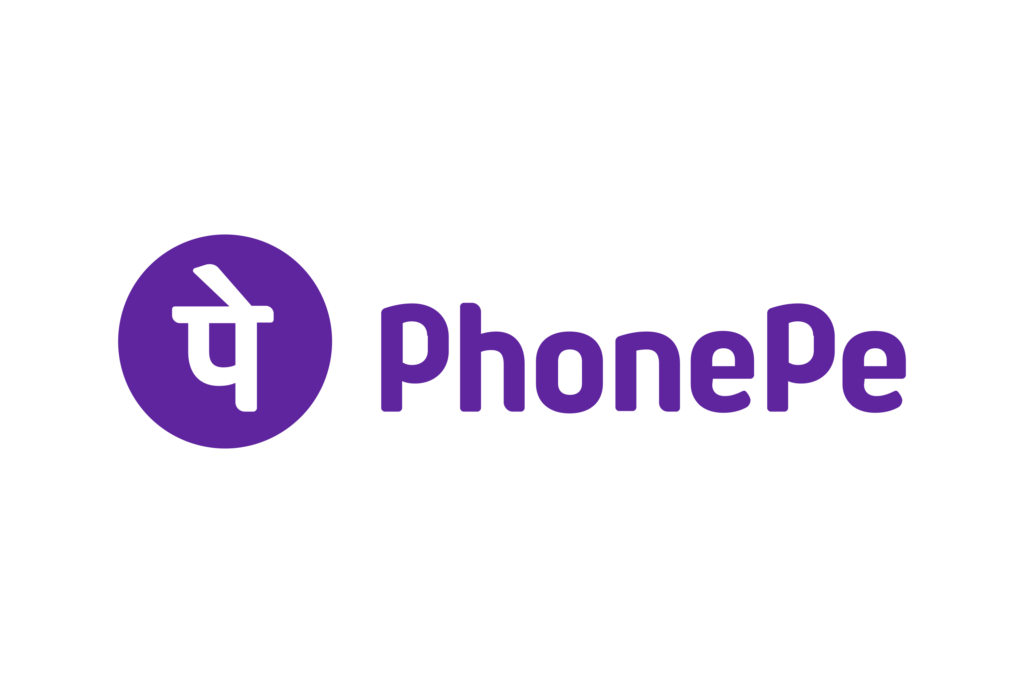In an increasingly digital world, email marketing platforms have become essential tools for businesses and organisations. Among them, Mailchimp stands out as a popular choice for its user-friendly interface and robust features.

However, recent events have cast a spotlight on Mailchimp for a different reason – a series of social engineering attacks that left users and the company itself scrambling for damage control. This blog delves into the chaos and lessons that arose from Mailchimp’s unfortunate encounters with social engineering tactics.
The Unfolding of Events
The story begins with Mailchimp’s first brush with social engineering attacks. Social engineering, a method used by cybercriminals to manipulate individuals into divulging confidential or personal information, has been gaining traction. In this case, the attackers were able to bypass traditional security measures by exploiting human psychology – an age-old tactic in the cybercrime playbook.
Mailchimp, a leader in marketing automation, has recently fallen victim to its second social engineering attack within just twelve months, signalling a concerning trend for the cybersecurity landscape. This latest incident, which unfolded on January 11, 2023, underscores the persistent threats that companies face, particularly those in the cryptocurrency and finance sectors.
The Initial Attack
The first attack on Mailchimp was a glaring reminder of the vulnerabilities that even the most sophisticated systems can harbour. In this instance, scammers impersonated executives and used phishing emails to gain access to various accounts and sensitive information. Mailchimp’s employees, like those at many other companies, fell victim to these cleverly disguised emails that seemed legitimate.
The aftermath of this attack was severe. Users of Mailchimp, many of them small and medium-sized businesses, found their marketing data compromised. It wasn’t just a breach of trust; it was a breach of business continuity. For instance, a small e-commerce store relying on Mailchimp for their newsletter campaigns suddenly found their customer list stolen and newsletters being used as phishing tools themselves. Businesses not only faced a potential loss of customers but also the time-consuming and costly process of damage control.
Overview of the January 2023 Attack
The attack involved unauthorised access to one of the tools used by Mailchimp’s customer-facing teams for support and account administration. A malicious actor successfully launched social engineering attacks on Mailchimp employees and contractors, stealing credentials to access 133 customer accounts. The breach was quickly contained, with Mailchimp suspending access to the affected accounts and notifying the owners by January 12.

Key Points of the Attack:
- Date of Attack: January 11, 2023
- Accounts Compromised: 133
- Method: Social engineering and credential theft
- Immediate Response: Suspension of affected accounts and notification of owners
The Consecutive Strikes
Just as Mailchimp was recovering from the initial blow, another wave of social engineering attacks hit. This time, the attackers refined their tactics, learning from the past incidents and further exploiting human weaknesses within the company’s framework. Multiple phishing campaigns were deployed, targeting both Mailchimp employees and users, resulting in a more extensive data breach.
For affected businesses, the stakes were higher this time. The loss was not merely about data but also credibility. A second breach in such a short period raised serious questions about Mailchimp’s security protocols and its ability to safeguard user information. The brand, which had stood firmly as a reliable partner for many, now found itself in a precarious position.
Target and Impact
The targets, while not explicitly named by Mailchimp, appear to be entities within the cryptocurrency and finance industries.

Prominent among the victims was Yuga Labs, the developer behind the Bored Ape Yacht Club NFT collection. Despite the breach, Yuga Labs reported that there was no evidence of data export, but they issued warnings to their community as a precautionary measure.
Comparing the 2022 and 2023 Attacks
To better understand the recurring nature of these breaches, it’s crucial to draw parallels between this incident and the one from March 2022.
| Aspect | March 2022 Attack | January 2023 Attack |
| Date | March 26, 2022 | January 11, 2023 |
| Accounts Viewed | 319 | 133 |
| Data Exported | Yes, from 102 accounts | No confirmed exports |
| Target Industry | Cryptocurrency and finance | Cryptocurrency and finance |
| Method of Attack | Social engineering leading to credential compromise | Similar method with enhanced targeting |
Security Measures and Recommendations
Following these breaches, it’s evident that businesses must fortify their defences against social engineering attacks. Here are several recommended security measures:
- Employee Training: Regular and comprehensive training to recognize phishing and other social engineering tactics.
- Advanced Authentication Measures: Implementation of multi-factor authentication (MFA) across all systems.

- Regular Audits and Monitoring: Continuous monitoring of systems and regular security audits to detect and respond to threats swiftly.
- Stakeholder Communication: Clear and timely communication with all stakeholders, including customers and partners, to maintain transparency and trust.
Rebuilding Trust: Steps Mailchimp Took
Following the attacks, Mailchimp had to act swiftly to regain the trust of its users and the broader business community. Here’s a closer look at the measures they introduced:
Enhanced Security Protocols
One of the first steps Mailchimp took was to bolster its security protocols. This involved not only updating their existing systems but also adopting new technologies and strategies to prevent a recurrence of such attacks. Among these measures were:
- Implementing Advanced Threat Detection Systems: These systems were designed to identify and neutralise threats before they could compromise the system.
- Behavioural Analytics: By tracking and analysing user behaviour, Mailchimp aimed to detect any unusual activities that might indicate a breach.
- Strengthened Authentication Mechanisms: Adding additional layers to their multi-factor authentication processes to reduce possible exploitation.

Improved Communication Channels
Mailchimp also focused on enhancing its communication strategies. Effectively communicating the steps being taken to resolve the issues and prevent future incidents was crucial. This involved:
- Transparent Updates: Regularly updating users about what had happened, what was being done, and what measures were in place to protect their data.
- User Education: Offering resources to help users understand how to recognize phishing attempts and protect their own accounts.
- Support Lines: Providing direct lines of communication for users who had concerns or needed assistance.
Strengthening Partnerships
Understanding the importance of collaboration in cybersecurity, Mailchimp worked closely with cybersecurity firms and law enforcement agencies. By doing so, they aimed to not only address the immediate threat but also contribute to broader efforts to combat cybercrime.
How Mailchimp Users Can Protect Themselves
In the wake of these attacks, it’s not just up to Mailchimp to improve security. Users also have a critical role to play in protecting their information. Here are some practical steps for Mailchimp users to enhance their security:
Vigilance Against Phishing
As demonstrated, social engineering primarily thrives on phishing. Users should:
- Be wary of any unsolicited emails, especially ones requesting sensitive information.
- Always verify the sender’s address and look for inconsistencies or peculiarities.
- Refrain from opening attachments or clicking links from unidentified or dubious sources.

Utilising Security Features
Mailchimp offers various security features that users might not always fully utilise. It is crucial for users to:
- Enable multi-factor authentication (MFA) on their accounts.
- Use strong, and secret passwords and don’t forget to change them regularly.
- Review account settings and permissions periodically to ensure they remain set at the optimal level.
Regular Backups
Maintaining regular backups of contact lists and other critical data ensures that users can quickly recover in case of data loss. It’s another layer of security that can mitigate the effects of a potential breach.
The Role of Industry in Cybersecurity – Social Engineering
The repeated targeting of companies like Mailchimp, especially within specific industries like cryptocurrency, indicates a broader trend that requires an industry-wide response. Collaborative efforts to share threat intelligence and best practices are essential to enhance the collective security posture.
The Broader Implications: What Other Companies Can Learn from Social Engineering Attack
Mailchimp’s experience isn’t unique. As businesses become increasingly digitised, social engineering attacks are likely to grow more sophisticated and prevalent. Here’s what other companies, especially those in similar sectors, can take away from Mailchimp’s ordeal:
Emphasising Cyber Hygiene
The frequency and sophistication of social engineering attacks necessitate regular, mandatory training sessions for employees. These sessions should cover the latest phishing tactics, how to spot suspicious activities, and best practices for maintaining personal and company-wide cybersecurity.

Cyber Resilience Strategies
It’s not just about preventing attacks but also developing resilience strategies to minimise damage. Companies should:
- Have a well-defined incident response plan in place, which is regularly tested and updated.
- Invest in cybersecurity insurance to mitigate financial losses.
- Foster a culture of cybersecurity, where every employee feels responsible and equipped to contribute to the overall security posture.
Engaging in Industry Collaboration to prevent Social Engineering
Sharing information about threats and breaches within the industry can help create a unified front against attackers. Collaborative efforts can lead to more robust defences and a quicker response time when dealing with cyber threats.
Conclusion
The back-to-back social engineering attacks on Mailchimp highlight the evolving nature of cyber threats and the importance of robust cybersecurity strategies. Organisations must adapt quickly, implementing more stringent security measures, enhancing employee training, and fostering a culture of cybersecurity awareness. Only through such comprehensive and proactive approaches can companies hope to protect themselves from the growing sophistication of cyber adversaries.
As the digital landscape continues to evolve, so too must our strategies to defend it. For companies like Mailchimp and many others in high-stake industries, the journey towards enhanced security is ongoing and critical to their survival and trustworthiness in the digital age.
Click here, to learn more about social engineering.









